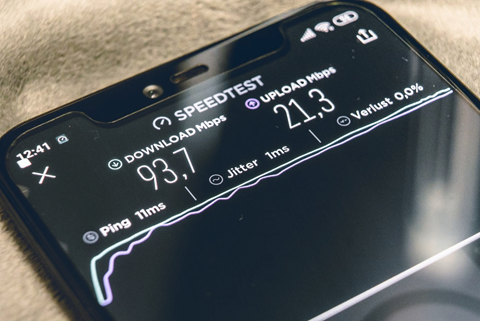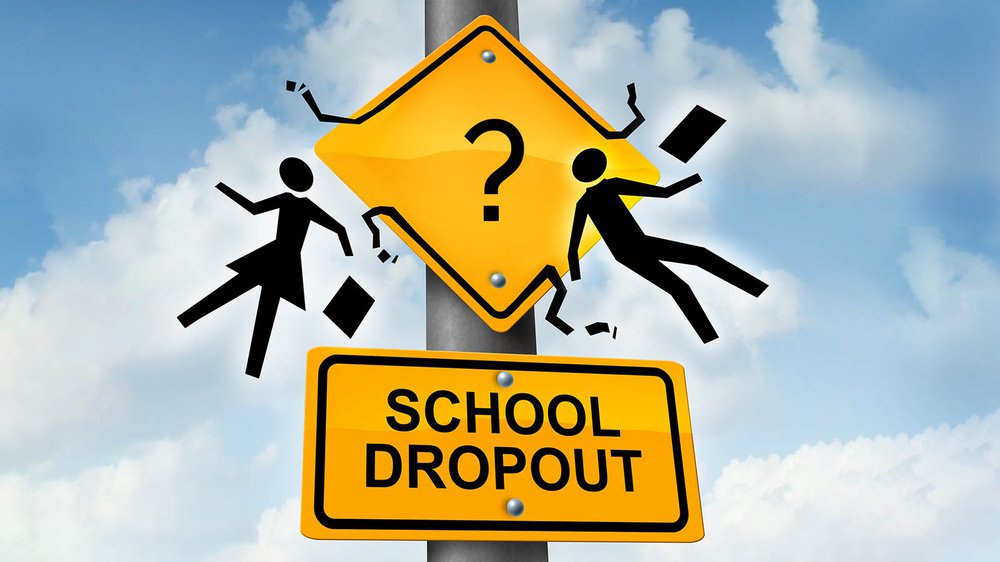New Indiana law puts pressure on high schools to reduce home-school withdrawals – By Dylan Peers McCoy, Chalkbeat
One in five Indiana high schools are facing scrutiny that could lead to lower graduation rates because they marked a large number of students who didn’t graduate as leaving to home-school.
The state will review over 100 schools under a new law that aims to stem the tide of students who leave without diplomas but are not counted as dropping out. Schools under audit must show that they have properly documented each withdrawal and that the students who withdrew were on track to graduate. Students who were behind on credits when they left will be re-categorized as having dropped out.
Statewide, schools claimed that about 3,200 Hoosier students who were expected to graduate in 2020 instead withdrew to home-school. The total reflected a dip from the prior year. A Chalkbeat investigation found that because the state does not track or oversee home schooling, it’s impossible to say how many of those students continued their education.
The new law aims to prevent students who fall behind in school from withdrawing and disappearing from graduation rates. Indiana data for the class of 2019 showed that more than half of students who left high schools to home-school may have fallen behind on credits.

With classrooms closed, scientists take over virtual STEM lessons in LA Unified – By Sydney Johnson, EdSource
Field trips and hands-on lessons are an integral part of K-12 science instruction — at least they should be in normal times. But they have virtually disappeared this school year as a result of students learning from home.
Now, as California is experiencing another coronavirus surge and distance learning continues for by far the majority of students, scientists and museum guides are trying to fill the gap and are taking to Zoom to meet students at home.
Teachers have come up with creative solutions to get students to log on and engage in scientific thinking and experimentation this school year, when the majority of students in California are taking at least part of their classes remotely and don’t have access to the lab equipment or other science supplies typically available on school campuses.
And while a few districts, such as Plumas Unified in Northern California, have embraced outdoor education as one alternative to online learning, wildfires and recent surges in coronavirus cases and hospitalizations have hindered those efforts.

8 steps your governor should be taking to expand broadband – By Matt Zalaznick, District Administration
Affordability programs and inter-agency collaboration are among the best practices states have pursued to expand broadband internet access for online learning since the COVID outbreak.
District leaders can urge state officials to promote these and several other broadband expansion strategies that are detailed in a new report by the National Governors Association and Western Governors University. The strategies include:
- Coordinating and expanding broadband affordability programs
- Improving broadband coverage maps
- Identifying funding and financing sources for broadband deployment
- Establishing robust, cross-cutting governance structures.
- Initiating partnerships with other state agencies, local and county governments, and other entities to kickstart broadband investments.
- Leveraging anchor institutions to provide rapid community internet service.
- Leveraging electric utilities’ infrastructure and services to facilitate deployments of broadband networks
- Deploying innovative procurement strategies
The report covers initiatives led by governors in Virginia, Arkansas, Minnesota, North Carolina, Vermont, New Hampshire, Maine, Missouri, Illinois, Mississippi, North Dakota and Indiana.

Report: 67% of schools lack recommended connectivity speed – By Shawna De La Rosa, Education Dive
While organizations such as Connect K-12 and Education Superhighway help connect students in classrooms, the need for distance learning due to the novel coronavirus pandemic has exposed the depth of the digital divide that drives the homework gap. To help with aligning these resources and services, Connected Nation's website breaks down each district's internet service providers and costs.
Though stakeholders have been pushing to connect more kids at home during the coronavirus pandemic, connectivity gaps continue. As recently as October, 300,000 to 1 million California students remained disconnected from school by either a lack of a device or weak broadband.
While most homes' broadband can handle some video calls, many don’t have the network capacity for multiple children to be connected at once. Nationally, 16.9 million students fall into the homework gap, and 36% of those living in rural areas lack connectivity. The highest impact is on American Indian/Alaska Native students, who make up 34% of those without a connection, followed by Black (31%) and Latino (21%) students.
Rural areas' unique issues often make broadband connection difficult, and hotspots won’t work in some districts, such as Tennessee’s Polk County School District, where some areas lack cellular towers. According a report by the National 4-H Council and Microsoft, 20% of teenagers live in rural areas without high-speed broadband internet, and 50% say they struggle to do homework for that reason.












